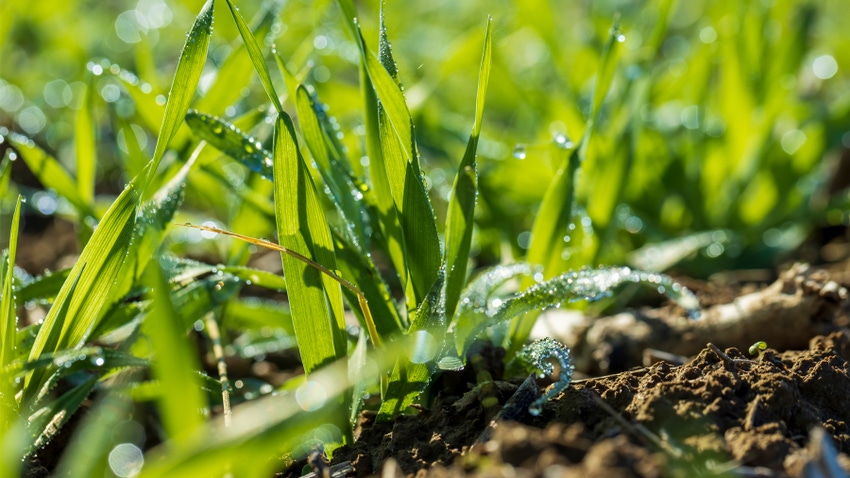
September was a month of “haves” and “have-nots” across Kansas in the weather department, according to experts.
September saw warmer temperatures, with higher-than-normal growing degree day conditions, according to the Kansas Office of the State Climatologist. Its September Ag Climate Update reported an average statewide temperature for September of 72.3 degrees F, or 3.5 degrees above normal, which made it the 14th-warmest September out of 129 years of records.
Average statewide precipitation for September was 1.6 inches, or 64% of normal, the report continued. That’s nearly an inch below normal, and the 25th-driest September on record. However, southwest Kansas saw above-average precipitation, easing some long-term drought conditions and helping some Kansas wheat growers get their crop in the ground.
“As of early October, winter wheat planting had commenced with 37% planted statewide, closely mirroring the five-year average of 38%,” according to the office’s September Ag Climate Update report. “Notably, the northern parts of the state are experiencing more severe dry conditions or drought developments. This could result in inadequate water reserves, potentially impacting the early growth and development phase of the winter wheat.”
Wheat conditions
In the Oct. 19 Agronomy eUpdate from the K-State Department of Agronomy, Romulo Lollato, Extension wheat and forages specialist, and Chip Redmond, Kansas Mesonet manager, cautioned farmers that warm and breezy conditions through October could dry out soil moisture. That could be a challenge for wheat going in, especially with drier soil at the 4-inch depth.
The week of Oct. 23 did see some precipitation of 1 to 2 inches or more fall across parts of central and eastern Kansas, but the longer outlook into early November is for conditions to dry out for most of the state.
Even with the uncertainty surrounding moisture, Lollato advised growers Oct. 19 to continue with wheat planting if they can, since the optimum planting date for much of the state is already past. If a farmer got wheat recently, that planted wheat can take advantage of the moisture. If they’re planting into dry soil, they can at least beat the next rain event with their drills and cover more ground.
And, if rain is further delayed into later fall or winter, growers might consider treating those fields as if they were late in planting, and increase their seeding rates and in-furrow starter fertilizer applications.
“These might also be situations in which seed treatments can be beneficial, as the seeds will be exposed to weather in the fields for several days,” he writes. The worst-case scenario is if you planted into limited moisture just enough for some plants to emerge, but not enough to maintain the seedlings — resulting in uneven stands and high variability in the field.
The State Climatologist Office says that the Climate Prediction Center still has an El Niño Advisory for Kansas, with a greater than 95% chance that El Niño conditions will persist into the first quarter of 2024. And there’s a 71% chance of a strong El Niño developing.
Solar eclipse anomalies
The Kansas Mesonet reported that the Oct. 14 partial solar eclipse resulted in some meteorological variables that were caught by its equipment.
Matthew Sittel, assistant state climatologist, reported in the Oct. 19 Agronomy eUpdate that at the peak of the eclipse, 60% to 80% of the solar disc was obscured in Kansas, even with cloud cover obscuring a clear view across much of the state. The best views of the eclipse were in the Southwest.
At the Clark County tower, 8 miles south of Ashland, a plot of solar radiation was measured at 5-minute intervals. At the peak of the roughly three-hour period of the eclipse, at 11:50 a.m., solar radiation was just 147 watts per square meter. Compare this to the following day, with clear skies, at the same time, when solar radiation was measured at 665 watts per square meter.
The same tower marked a fall in temperature from around 51 degrees at 10:50 a.m. Oct. 14, to 49.2 degrees at 11:55 a.m. just after peak eclipse. And wind speeds dropped as well, he reported.
Source: Kansas State Agronomy eUpdate and the Kansas Office of the State Climatologist contributed to this article.
About the Author(s)
You May Also Like






